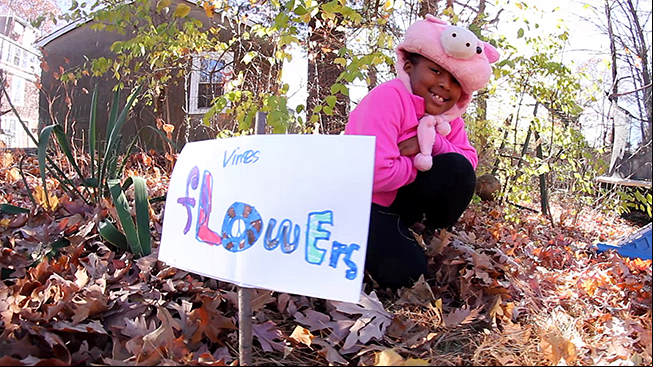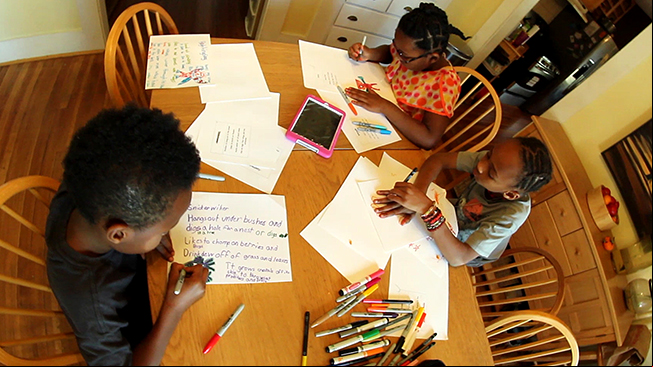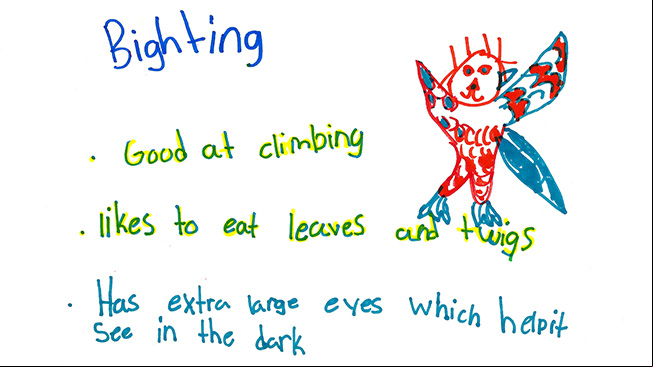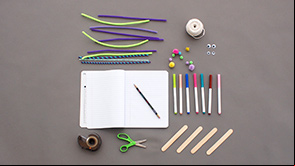Habitat Sweet Habitat 1j3j53

What Is This Activity? 1246j
When you're hungry, you head to the kitchen for a snack. If you're thirsty, you grab a drink from the fridge. And tired, you go to sleep in your bedroom. But what do animals do when they are hungry, thirsty, or tired? Find out in this activity! 3m1qh
Introduction 591p71
-
00:00
What Are Kids Learning? 3a2y4p
- Living things need air, water, food, sunlight, and shelter. Living things can only survive in ecosystems in which their needs are met.
- A habitat is an organism's home. A habitat provides food, water, and shelter.
- Different areas different kinds of living things, both on land and in water.
Activity 60 minutes 2g482t
Part A Imagine Habitats 1w235s
- Talk with your child about all the things your home and neighborhood provide you-food to eat, water to drink, a place to sleep and shelter for when it rains or snows. Animals need all of these things too, but where do they find them? Ask your child about some of the places in your yard or neighborhood where animals can meet these needs, their "habitat." (A habitat is an animal's home.)
- Then, cut out the creature cards. Read through them and talk with your child about places in your yard or neighborhood where each creature might find the resources, like food and shelter, it needs.
- Make drawings of what you think some of the creatures might look like. Or use these cards as a way to inspire your child to invent his or her own creatures! Make drawings of these creatures, and write descriptions of what they eat, how they find food, and where they spend their time.

Part B Habitat Hunt 3nc1t
Head out to your yard or a nearby park or other open space with crayons, markers, construction paper, tape, and craft sticks. Bring your creature cards and any drawings you have made as well. Explore your yard, looking for ideal habitats for your creatures. When your child has identified an ideal spot, have him or her come up with a fun name that describes the habitat, such as Asphalt Alley, Ranger's Ridge, or Crickety Thicket.
Then:
- Use crayons, markers, and construction paper to make a poster of the habitat, including the name of the habitat and the features of the habitat the creature needs.
- Tape this sign to a craft stick and place it in the ground in the habitat.
- Tape the drawing of the creature to another craft stick. Find a place in the habitat where you might find this creature. If it perches in trees, for example, have your child carefully tuck the craft stick in a fork of the tree's branches, or tie it to the tree with string.
Repeat for several other creatures.
Ask: 4t2x5e
- What might be some real animals you would find in your habitat?
- What other habitats do you think we might find in our yard or in the neighborhood?
Explore Some More 736219
Creature Feature 4n592a
Act out a short play in which you show how the creatures interact with each other and use the different parts of their habitat throughout the day and night. For example, is one a predator and one prey? Imagine how the prey might hide from the predator - and how the predator might sneak up on the prey - and use your model creatures to act out that interaction. If your child has action figures of animals or other creatures, incorporate these into your play as well.


